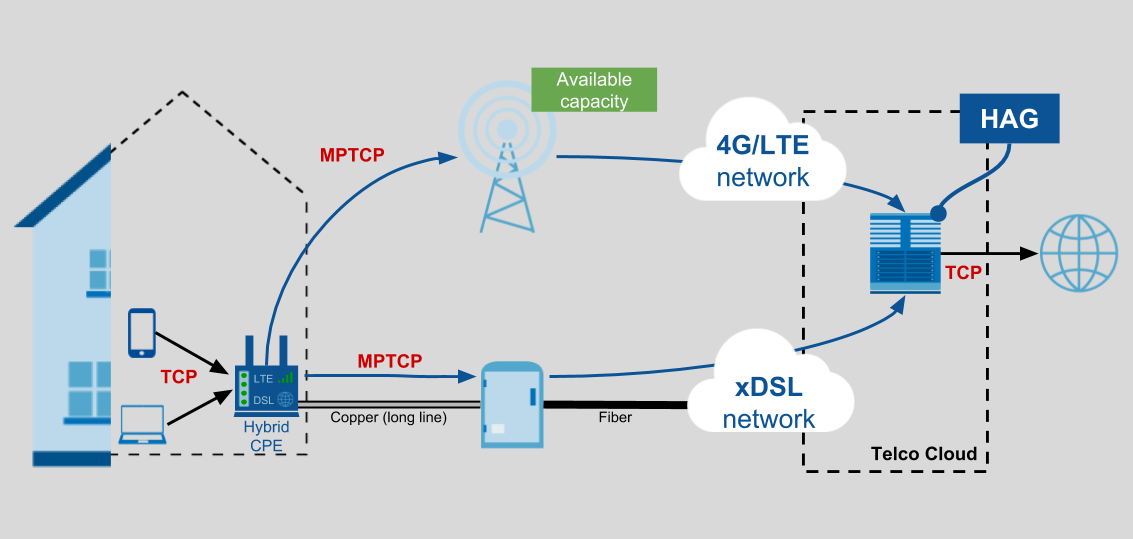Router Login User Guide
Network Planning and Administration
1. Network characterization
EXERCISE 1
Analyze a LAN network and describe the most important elements that compose it, adequately justifying the topology used.
EXERCISE 2
Investigate and list the most important protocols studied at each layer or level in both the OSI and TCP / IP architecture.
EXERCISE 3
Explain the IP address mechanism of the IPv4 protocol, the classes into which addresses, reserved addresses, network addresses and host addresses are divided.
EXERCISE 4
Briefly explain the most important components of structured cabling.

2. Integration of elements in a network
EXERCISE 1
Analyze a LAN network and describe the most important elements that compose it, adequately justifying the topology used.
EXERCISE 2
Investigate and list the most important protocols studied at each layer or level in both the OSI and TCP / IP architecture.
EXERCISE 3
Explain the IP address mechanism of the IPv4 protocol, the classes into which addresses, reserved addresses, network addresses and host addresses are divided.
EXERCISE 4
Briefly explain the most important components of structured cabling.
EXERCISE 5
Analyze a LAN network and describe the most important elements that compose it, adequately justifying the topology used.
EXERCISE 6
Investigate and list the most important protocols studied at each layer or level in both the OSI and TCP / IP architecture.
EXERCISE 7
Explain the IP address mechanism of the IPv4 protocol, the classes into which addresses, reserved addresses, network addresses and host addresses are divided.
EXERCISE 8
Briefly explain the most important components of structured cabling.
EXERCISE 9
Explain the IP address mechanism of the IPv4 protocol, the classes into which addresses, reserved addresses, network addresses and host addresses are divided.
EXERCISE 10
Briefly explain the most important components of structured cabling.

3. Switch Configuration and Administration
EXERCISE 1
Examine the figure in detail and answer the following questions:
- How many Ethernet segments make up the network?
- How many broadcast domains could we have?
- What devices in the figure are capable of creating collision domains?
- Would a MAC broadcast made from the bridge reach the hubs?
EXERCISE 2
We have connected to a switch via Telnet through the command line and the aspect of it is as follows:
Write the commands we need to type in the appropriate order so that:
- The name of the switch is PAR03:
- The IP address of our switch is 192.168.1.1
- The speed of port 1 of module 0 is automatically set.
- The MAC address table is displayed:
- Associate MAC address 00-1A-A0-97-5C-DD to port 1:
- Enable Auto-MDIX on port 4 of the switch:

4. Basic Router Configuration and Administration
EXERCISE 1
Examine the figure in detail and answer the following questions:
- What device is it? Justify the answer.
- Does this device allow us to connect directly to a telephone line to access the Internet?
- What port would be used to connect via SSH and access its configuration through the command line?
- What type of cable would we use to solve question 3 and to what port of the PC should we connect it?
- Does this device create broadcast or collision domains?
- Which of the following components does not have this device? CPU, interfaces, power supply, memory or bus.
EXERCISE 2
Look at the following figure:
- Which of the ports is used to access the configuration of this router?
- When using access via console port the cable with RJ45 connection is the same as that used in the connection via Ethernet LAN port
- Can the PuTTY application be used to connect through the serial port?
- What are the basic parameters to access the configuration of a router via the web?
EXERCISE 3
We have connected to a router via SSH through the command line and the aspect of it is as follows:
Write the commands we need to type in the appropriate order to:
- Enter global configuration mode.
- Get the commands available at that time.
- Show all router interfaces.
- Access the specific configuration mode of the Ethernet interface number 5.
- Set the "up" mode on the Ethernet interface number 1.
- Establish a static route from interface number 2 to network 10.0.0.0 using gate 192.168.1.10.
- Solve the problem that may occur if in exercise 16 we did not know the destination of the package.
Achieve denying incoming traffic to the 192.168.1.0 network through the 1 Ethernet interface.
EXERCISE 4
Look at the following figure:
- What does this screenshot represent?
- If the option “Respond to Ping over the WAN port” is not selected, is the device being removed from the DMZ zone?

5. Virtual Network Configuration
EXERCISE 1
A LAN network consists of 4 PCs connected to a switch capable of supporting VLAN networks. It asks:
- Create 2 VLANs
- Show the created VLANs.
- Verify that the created VLANs work as such.
EXERCISE 2
Given the following scheme:
It asks:
- Create two subinterfaces on the router.
- Associate the subinterfaces with two different VLANs that are in two different networks (192.168.1.0 and 192.168.2.0).
- The VLANs referred to in Exercise 5 must contain the 4 PCs, half in each VLAN. Enter the IP address, netmask and gateway that each of them must have.
- If the VLANs referenced are created on the switch, write the configuration that makes it possible for the trunk link to be on the FastEthernet0 / 1 interface of the switch.
- Write the configuration that creates VLANs 2 and 3 on the switch.
- Write the commands that allow you to associate 2 available interfaces to VLAN 2 and two to VLAN 3.
Write the commands that make all the previous configurations be the configurations that the switch has on its next restart
6. Configuration and administration of dynamic protocols
EXERCISE 1
Given the network of the figure:
Where routers A, B and C are linked through their serial interfaces, where the configurations that reflect the data in the following table have been made:
It asks:
- Write the commands that allow all routers to communicate.
- Complete the values in the statement table and identify the interfaces in the drawing.
- Configure RIPv2 routing on all networks except the network that connects Router A with B.
- Can this network be an autonomous system? Reason the answer.
EXERCISE 2
The following figure represents a network in which there are three routers (A, B, C) connected by a switch. The networks served by the routers are those whose network addresses are those shown in the boxes.
It asks:
- How many OSPF areas are recommended with this topology?
- Write the commands that allow you to configure OSPF on router A.
- What would be the loopback interface on router A?
- What will be the ID of router A?
- What would be the answer to question 8 after the execution of the following commands? RouterA (config) #interface loopback 0
- Is it possible that the system in the figure in question 2 communicates with the system in the figure in question 1? Reason the answer.
7. Configuring Internet access from a LAN
EXERCISE 1
You have the following elements:
- PC
- Router
- Cable modem.
A broadband connection with an ISP with a dynamic IP has been contracted. The elements are connected to each other (it is assumed that the PC has all the necessary software installed).
- List the steps that must be taken to view the page https://19216811.is
- What port is used to display the web page of the previous question?
- What type of NAT is used in this connection? Justify the answer.
- Is any configuration in the router necessary for the PC of our LAN part to go to the Internet?
- How can I know the IP address of my Internet connection?
- If a colleague tells me that their equipment is allowed remote access from the Internet, what information should I ask to access their equipment from mine?
- What port is used to access the "Remote Desktop"?
- What should I do on my computer if I want to allow the "Remote Desktop" connection?
- What should I configure on the router so that my computer is accessible from the Internet?
- What IP should be used to verify that my computer is accessible from the Internet with "Remote Desktop"?
